If you are designing a file or getting ready to send your artwork to be printed, you should understand the basic definitions of the colors being used and what the differences are. There are 4 basic color types: CMYK, RGB, PMS and HEX.
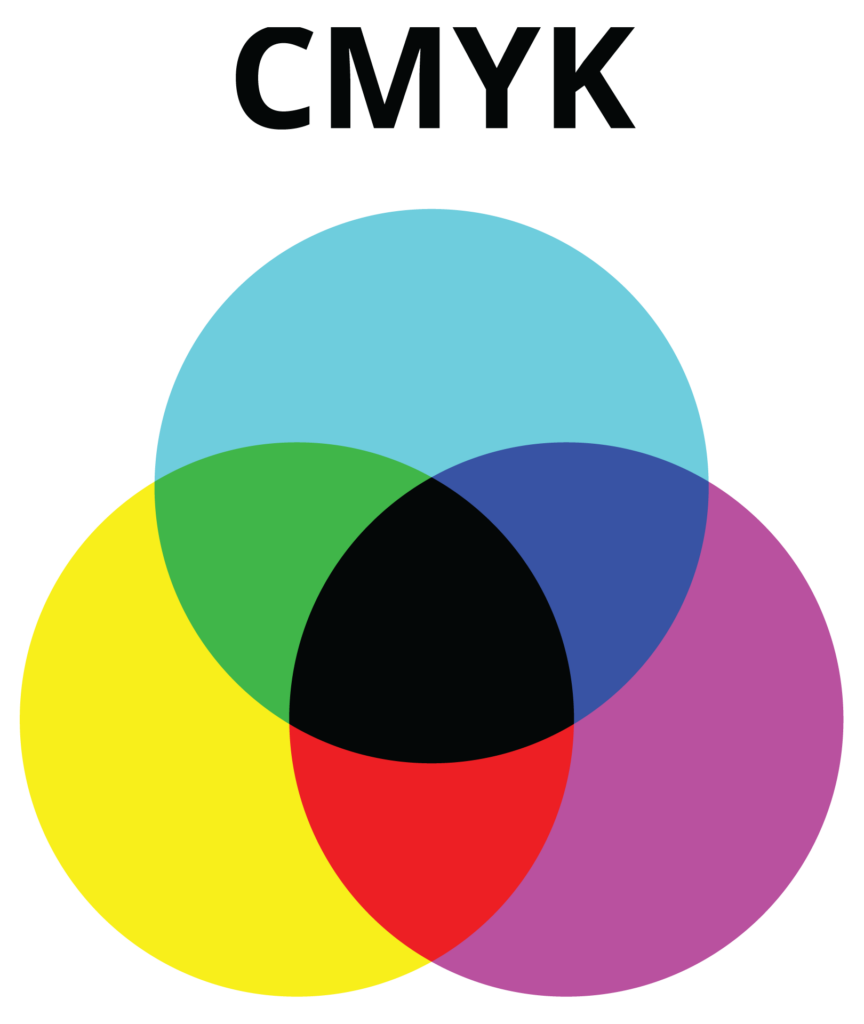
CMYK is also know as Full Color, Four Color, Four Color Process and Process Color. CMYK refers to the four inks used in printing full color… Cyan, Magenta, Yellow and Black.
Each process color is comprised of percentages of cyan, magenta, yellow, and black inks that are printed in transparent dots of ink that blend together to make a color. CMYK printing will produce high quality results, but there is a chance of color variation across different printers and in different print runs. CMYK are the colors used when you send a file to your desktop printer or when you send a file to a printing company to be printed. CMYK cannot be used on a screen or online.
The best file formats for CMYK colors are: PDF, AI, EPS, orTIF; but a JPEG file can also be CMYK.
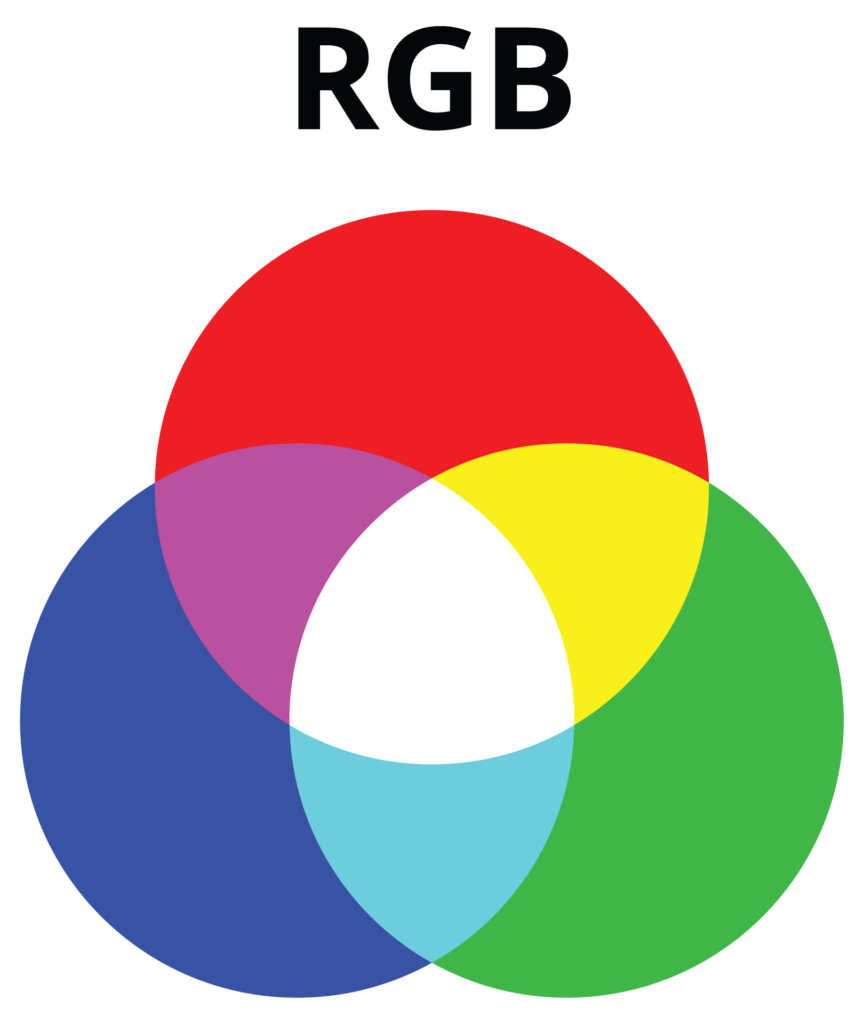
The RGB color model is an “additive color model” in which red, green, and blue light are added together in various ways to reproduce a broad array of colors.
RGB colors work great on websites and on-screen, but it is not a good choice for printing. RGB colors should be used for website logos or graphic images, social media, video, photographs online, apps, etc. You will notice that RGB colors appear more vibrant than CMYK colors because they are illuminated on a screen and the screen provides a larger range of color.
The best file formats for RGB colors are: JPEG, PNG and GIF.
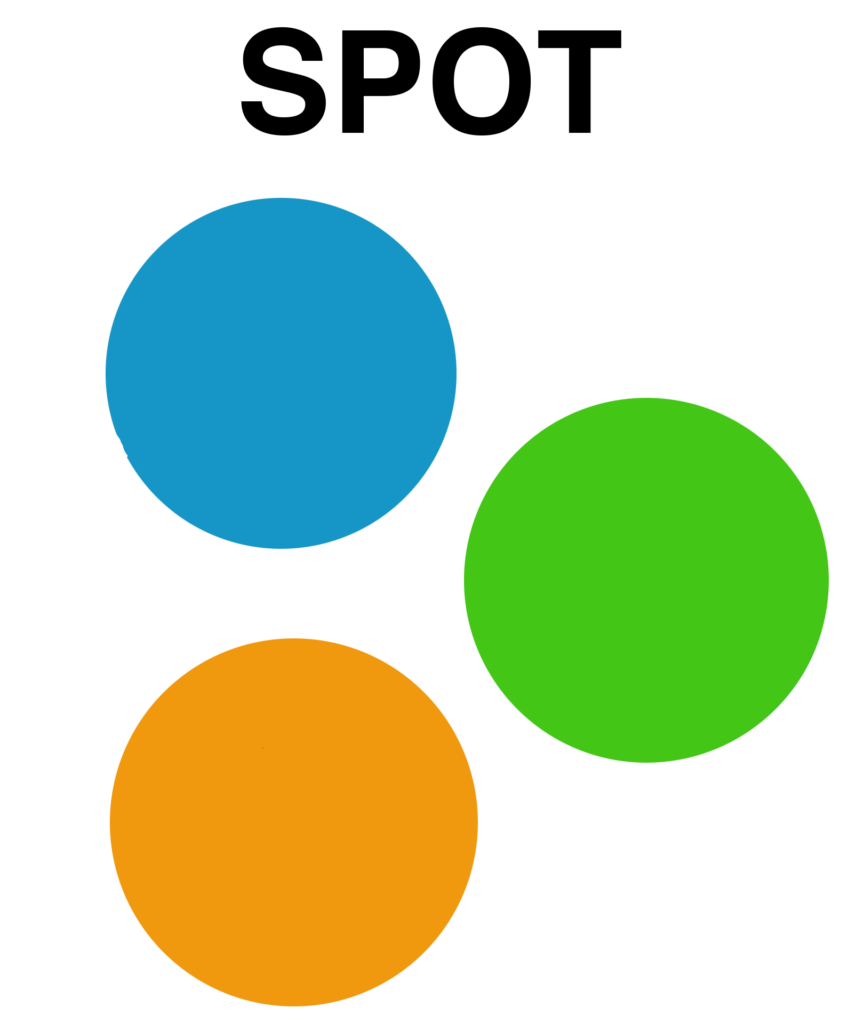
A spot color is a special premixed ink that is used instead of, or in addition to, process inks (CMYK).
Spot colors are solid colors of ink. A spot color requires its own printing plate on a printing press which adds to the cost of the printing job. You would use spot color when color accuracy is critical. There are several spot color systems to choose from, but the most widely used is the Pantone Matching System (PMS).
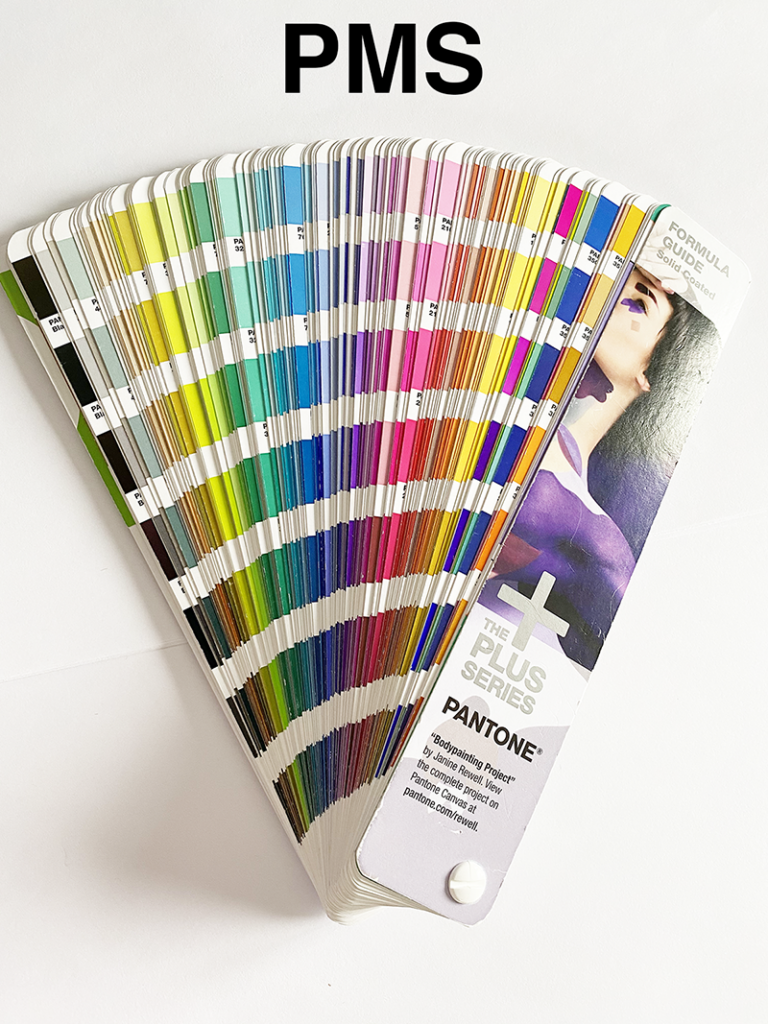
Pantone Matching System (PMS) is a printing industry color matching system used to print spot colors – also called Pantone colors.
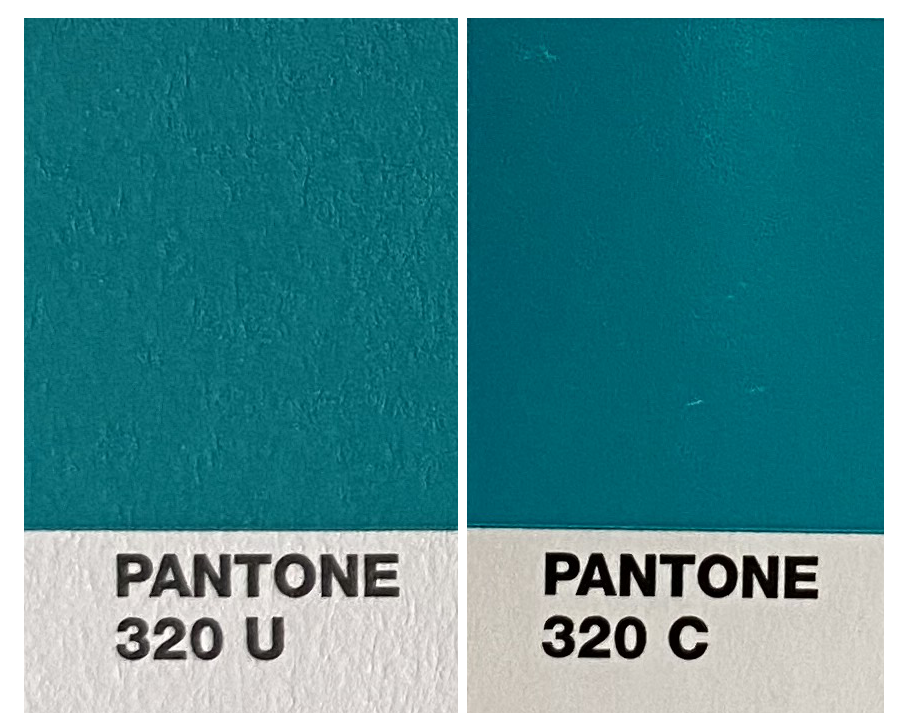
Pantone uses 18 base colors to create a range of Pantone colors. The swatches are indicated by a three- or four-digit number followed by the letter C or U. (example PMS 320C) The C stands for Coated and the U for Uncoated and refers to the finish of the paper it is being printed on. Coated are used for printing on glossy surfaces and Uncoated for printing on matte surfaces like letterhead. When you print on a coated surface it adds a sheen to the ink and the uncoated inks are not as vibrant. If you look at the same PMS number in coated and uncoated, there is a noticeable difference.
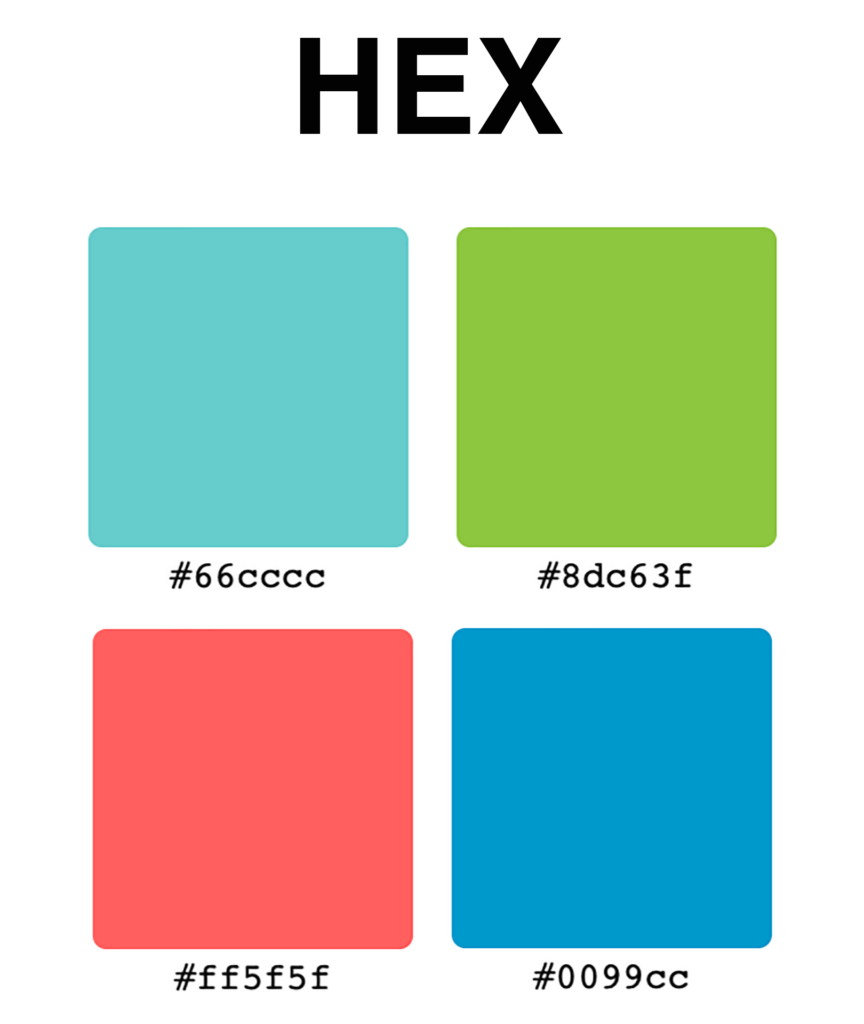
Hex Colors are Hexadecimal numbers are used on web pages to set colors.
Hex colors are a mix of red, green and blue (RGB) with some conversions. The color is shown by the number sign (#) followed by six letters, numbers or a combination (ex. #66ccc). Hex colors are only used on web pages and should not be used in designing for print.
Most likely, you will never need to use hex color codes, but, you can find free conversion tools online if you need to convert RGB files to HEX by searching, “RGB to HEX” .
